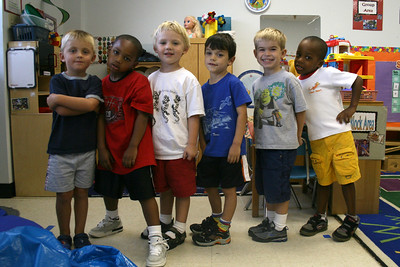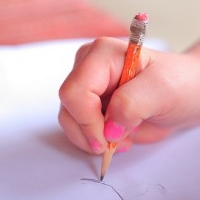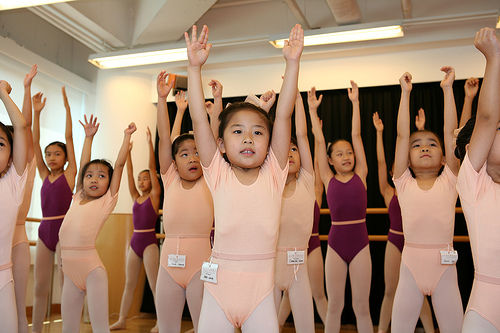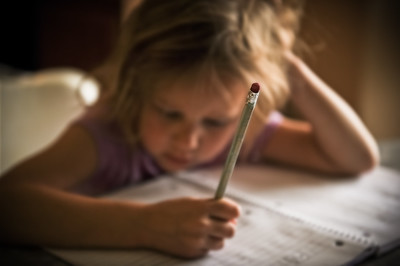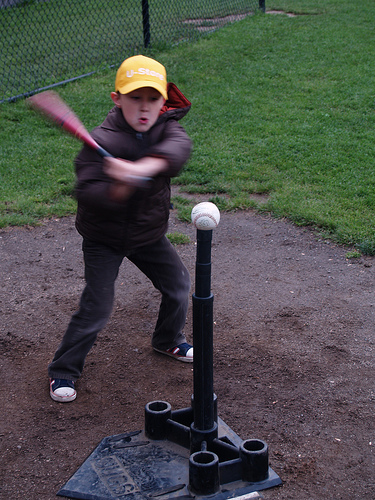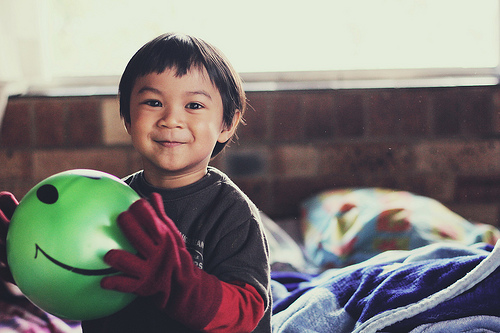Josie's (age 3) parents had been trying to teach her not to lie. They had been talking with her about lying, giving consequences for lying, and making a concerted effort to stop the behavior. One day Josie accidentally knocked over her milk. She quickly started cleaning it up, and said to her mother, "I don't know if this is a lie or not, but I spilled my milk."
Josie knew that a lie was something she shouldn't do…but she didn't understand what it was. Lying is a lot more complicated of a concept than adults tend to think. And even once a preschooler really understands the concept of true and not true, their brains aren't mature enough to always get it right.
Of course, we can still work with preschoolers to teach them to be honest. It's just that it's important to take a gentle teaching approach that is appropriate for their level of development. We'll give you some ways to teach preschoolers to tell the truth. But first…

